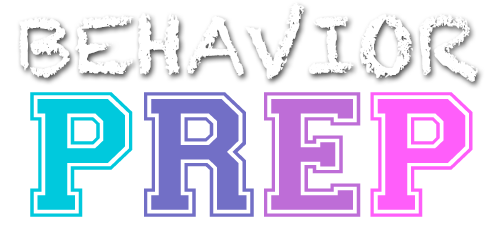C.12 Select a measurement procedure to obtain representative procedural integrity data that accounts for relevant dimensions (e.g., accuracy, dosage) and environmental constraints
Providing a clear explanation and example of how to select a measurement procedure that effectively captures procedural integrity data, considering relevant dimensions like accuracy and dosage, as well as environmental constraints:
Measurement Procedure Selection for Procedural Integrity
Selecting a measurement procedure to obtain procedural integrity data involves choosing a method that accurately captures the implementation of an intervention according to its prescribed components (e.g., accuracy, dosage). The procedure must also consider environmental constraints that could affect data collection, such as time limitations or the complexity of the setting
Example: A behavior analyst is overseeing the implementation of a social skills training program. To ensure the program is being delivered correctly, the analyst needs to measure the procedural integrity, focusing on the accuracy with which the instructor follows the training protocol and the dosage (e.g., the number of trials or duration of each session). Given the busy classroom environment, the analyst selects a checklist-based observation system where the observer can quickly mark whether each step of the protocol is completed accurately during each session. The checklist also includes a section to record the duration of each session, ensuring that dosage is accurately measured. This method allows the analyst to collect representative procedural integrity data while accommodating the constraints of the classroom environment.
